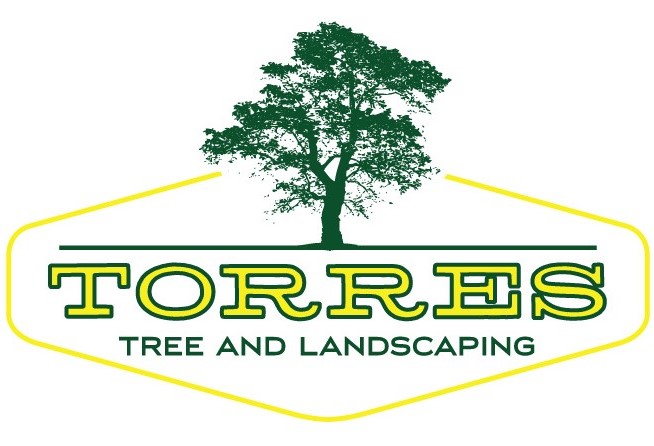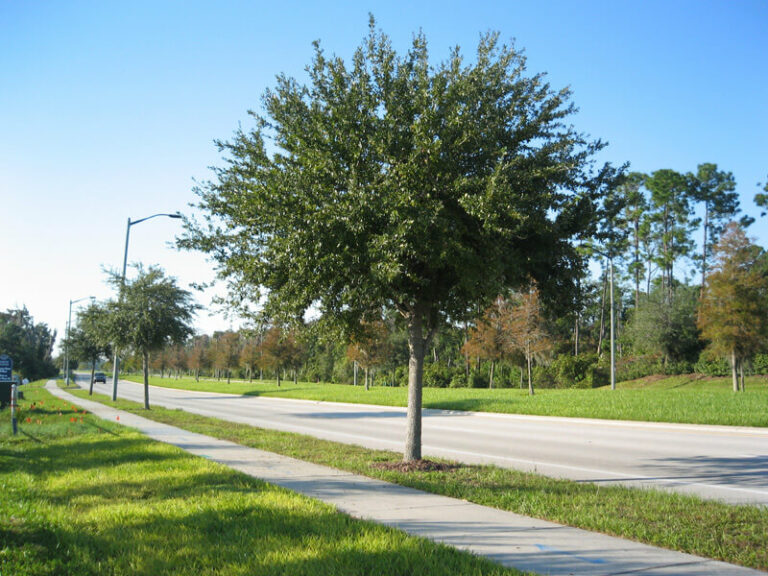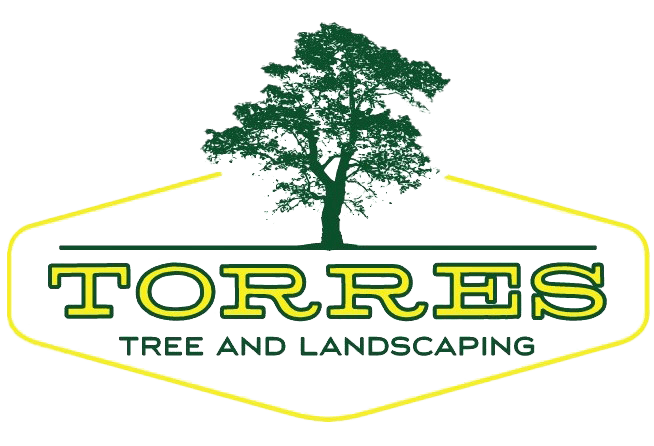Texas is famous for its vast landscapes and diverse flora and fauna. With over 4,800 tree species in North America, Texas has 37 varieties of native trees, each with its unique set of characteristics and benefits.
Native trees are an essential part of the ecosystem, providing vital habitats for wildlife, promoting soil health, and improving air quality. In this article, we’ll take a closer look at some of the native trees in Texas and highlight their distinct features and benefits.
The Benefits of Native Trees in Texas
Native trees have adapted to the specific climate and soil conditions of their region, making them resilient and able to thrive with minimal maintenance. Here are some of the benefits of planting and preserving native trees in Texas:
Environmental Benefits
- Native trees provide critical habitats for wildlife, including birds, insects, and mammals.
- They help prevent soil erosion and reduce runoff, consequently improving water quality.
- Native trees regulate the local climate by stabilizing soil moisture levels and providing shade, reducing energy costs.
- They absorb carbon dioxide and other pollutants from the air, improving air quality.
Economic Benefits
Native trees increase property values and add aesthetic value to landscapes.
They provide potential economic benefits through forestry and timber industries, tourism, and community development.
Cultural Benefits
Native trees have historical and cultural significance, playing an essential role in the state’s heritage.
They provide opportunities for recreation, education, and community engagement, promoting mental and physical well-being.
Consider installing fresh sod after you plant trees to further beautify your outdoor space.
Native Trees in Texas: Characteristics and Benefits
Bald Cypress
Bald Cypress is native to East Texas and is known for its striking buttressed trunk and wide base. It is a long-living and resilient tree, thriving in damp soils, and able to withstand flooding and various weather conditions. Bald Cypress provides critical habitats for wildlife, including deer and a variety of birds, and its rot-resistant wood is used in construction and furniture making.
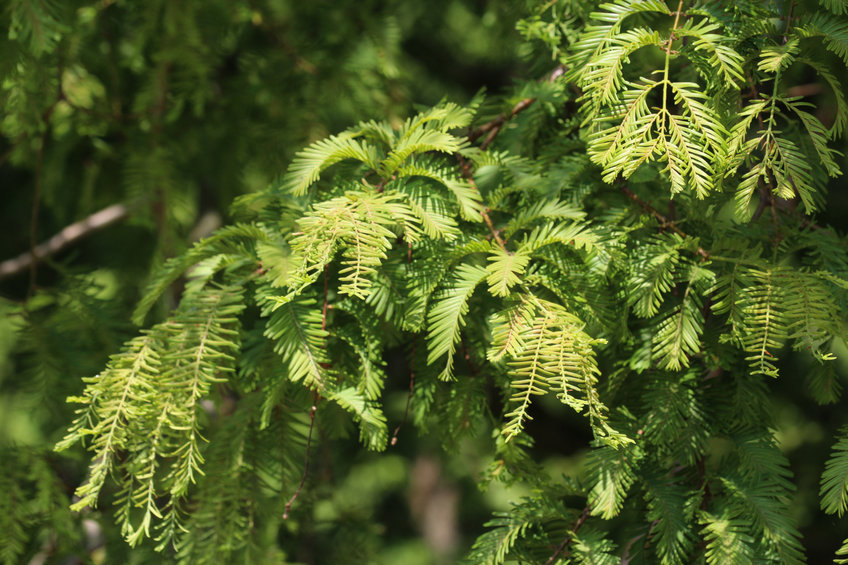
Live Oak
Live Oak is undoubtedly one of the most iconic trees in Texas. It is a slow-growing, evergreen tree with thick branches that provide ample shade. Live Oaks can live up to 250 years, and their acorns provide food for a range of mammals and birds. Their dense, durable wood is used in cabinetry and boat-building, and they make dramatic focal points in parks and public spaces.
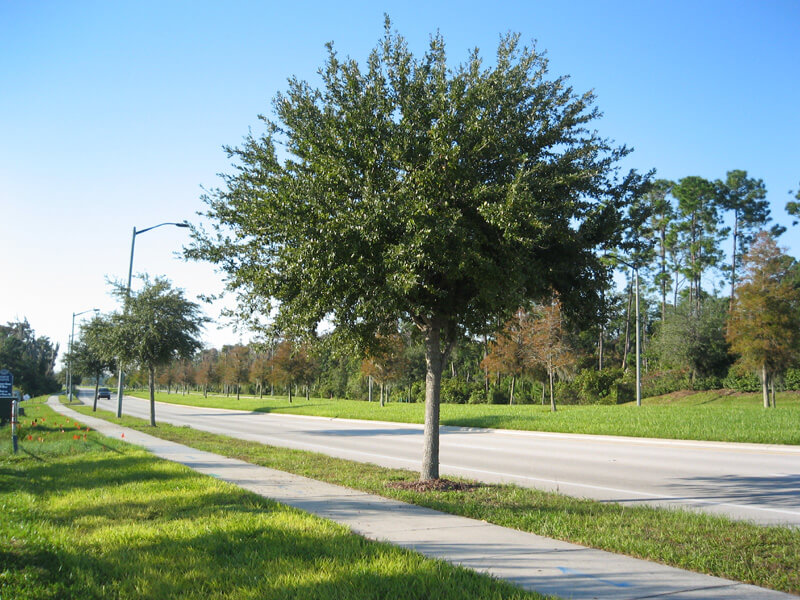
Pecan
Pecan trees are prevalent in Texas and are the state’s official tree. They are known for their large, savory nuts and gorgeous golden-brown leaves in fall. Pecan trees are shallow-rooted and need deep, moist soils to thrive. They are majestic, resilient, and provide numerous ecological and economic benefits, including food and habitat for wildlife, and essential agricultural products.
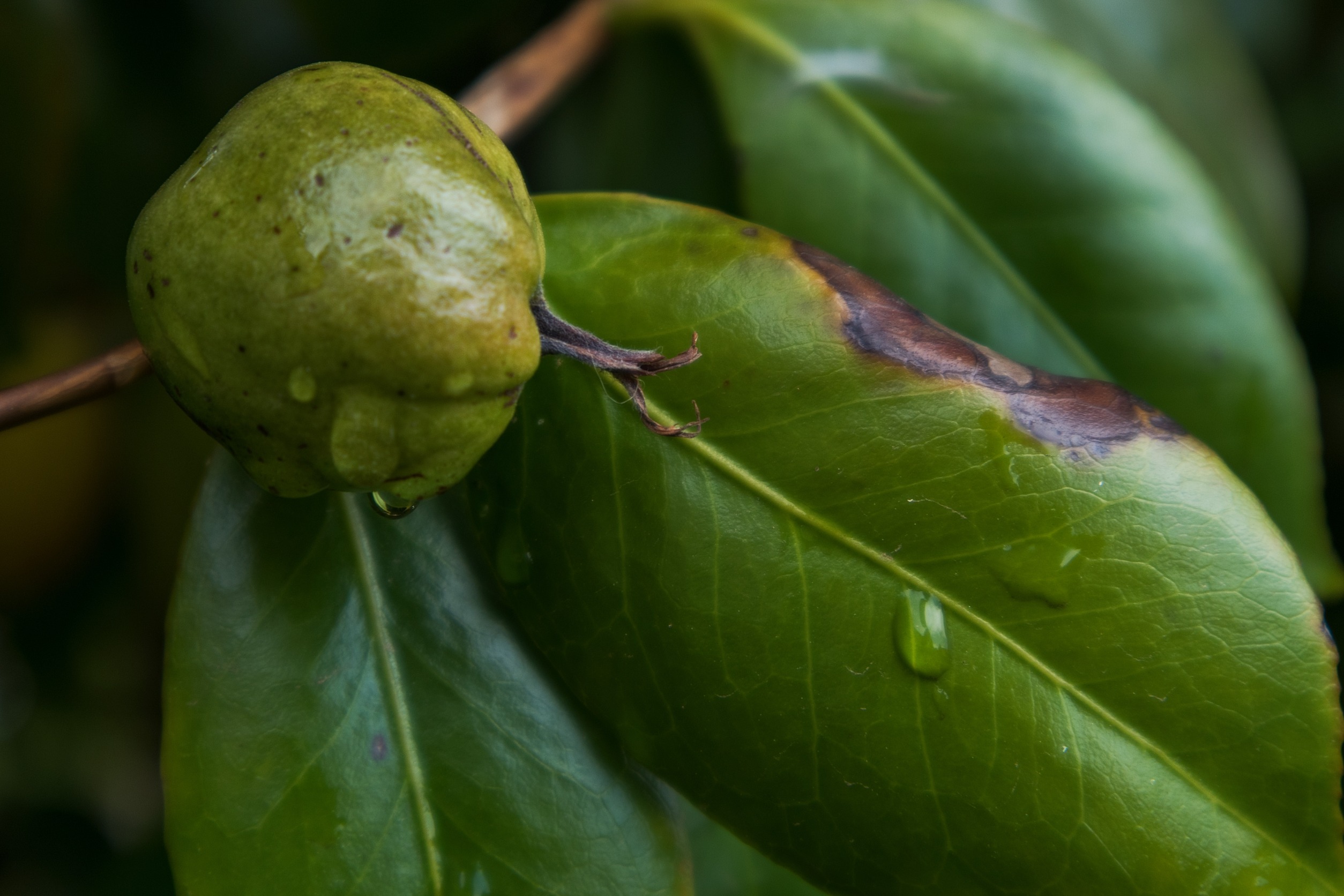
Red Oak
Red Oak is a fast-growing, deciduous tree with a broad crown and deep red-brown leaves. It is native to central and east Texas and prefers well-drained soils and full sun exposure. Red Oaks provide food and shelter for various wildlife, and their strong, durable wood is used in furniture and flooring to create a rustic and warm ambiance.
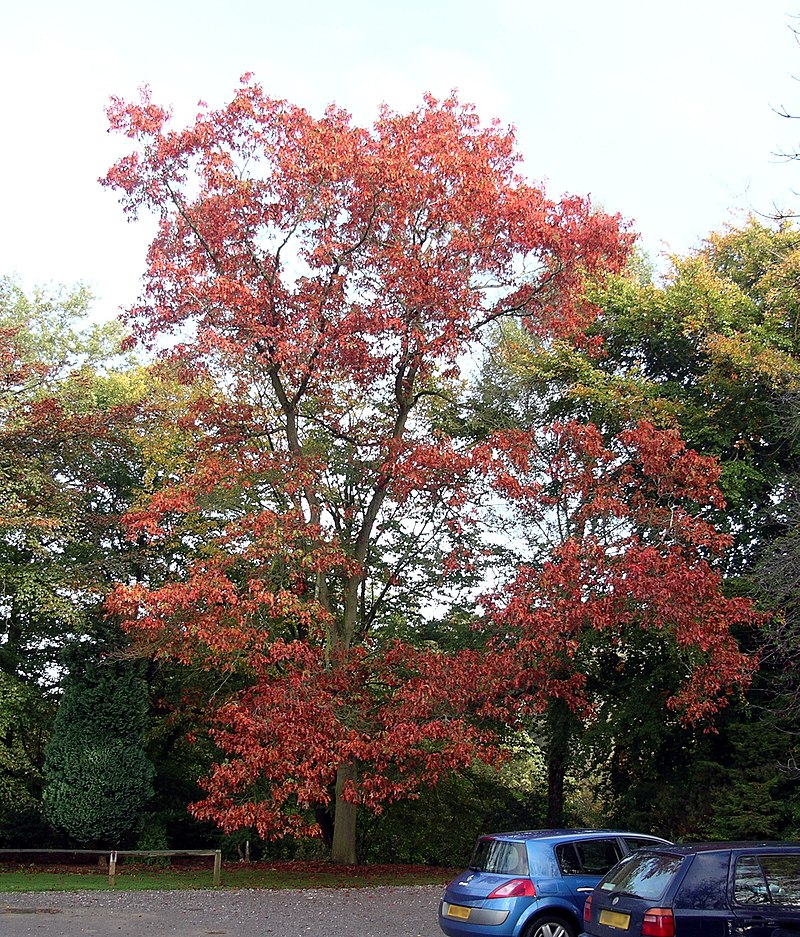
Mesquite
Mesquite trees are abundant in Texas and are renowned for their sweet and pungent aroma, especially when they bloom in early summer. They are tenacious, surviving in arid soils and harsh weather conditions. Mesquite wood is highly prized for smoking meats and grilling, and their long taproots help stabilize the soil and prevent erosion.
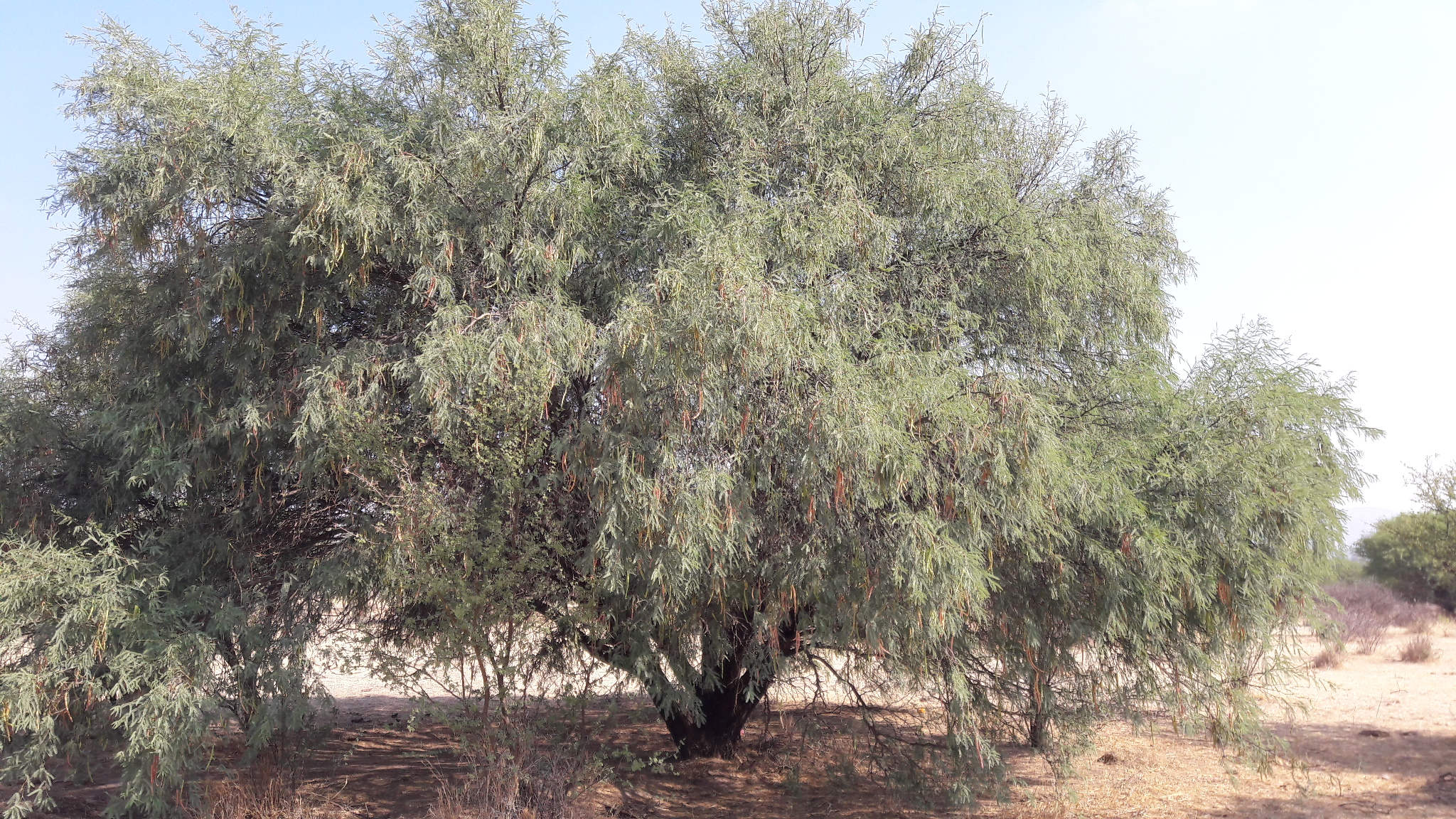
Juniper
Juniper is a small to medium-sized evergreen tree with blue-grey needles and miniature cones. It is native to central and west Texas and prefers dry, rocky soils. Juniper trees are highly adaptable, surviving under various weather conditions, and provide habitats and food for various animals, including birds and mammals.
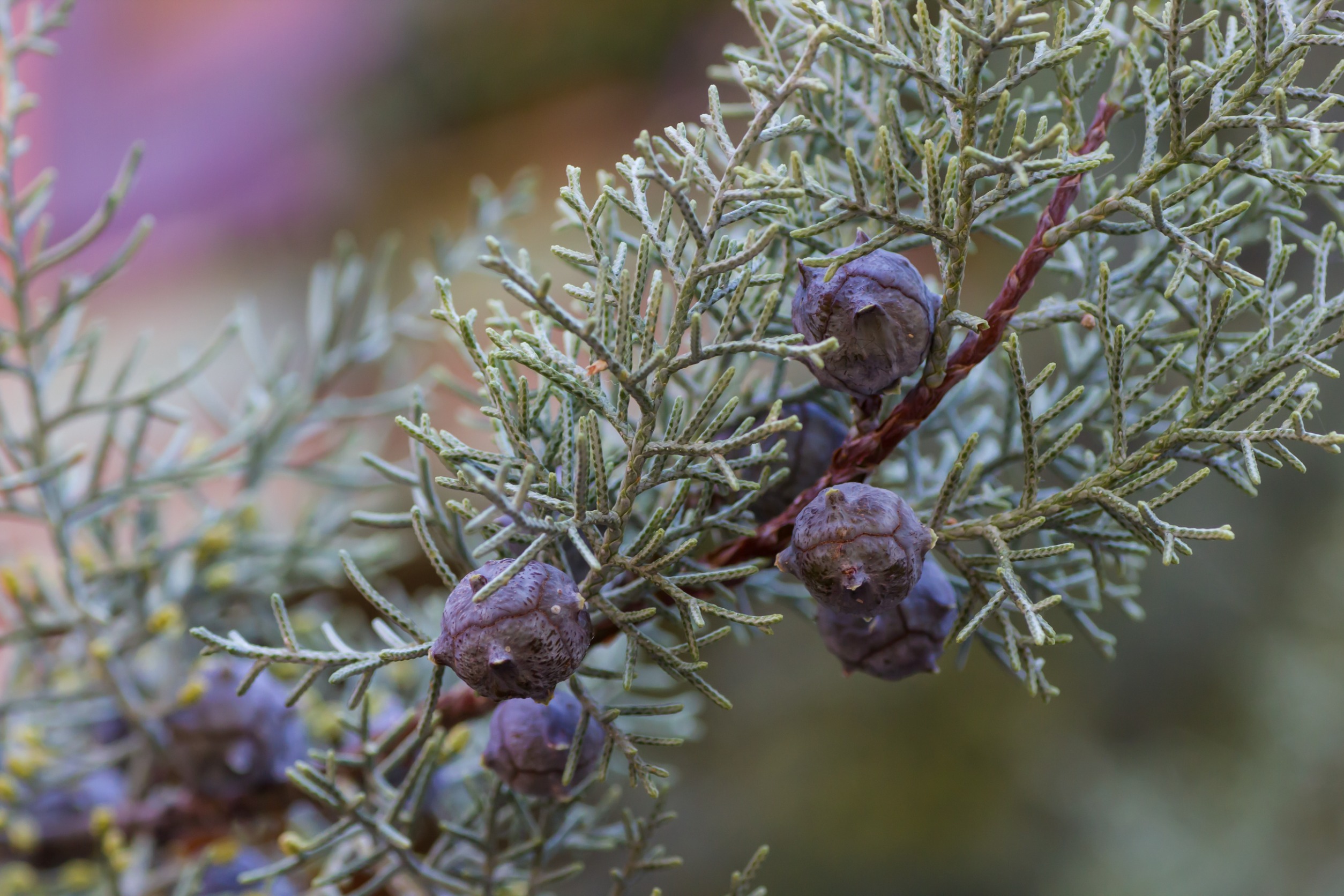
Make sure your trees always look their best with our tree and shrub trimming service.
Preservation and Restoration of Native Trees in Texas
Preserving and restoring native trees in Texas is crucial for maintaining the state’s biodiversity and protecting its ecosystems. Here are some ways you can help:
- Plant native trees in your yard and community spaces to provide habitats for wildlife and reduce your carbon footprint.
- Participate in tree planting and conservation initiatives organized by local non-profits, government agencies, or educational institutions.
- Support local businesses that use native wood in their products to promote sustainable and ethical practices.
- Prevent the spread of invasive species that can harm native trees by reporting sightings or participating in removal initiatives. If you need help with this, go to our tree removal service page.
Conclusion
Texas is home to an incredible variety of native trees, each with its unique characteristics and benefits. As our natural resources continue to be threatened by various factors, it’s essential to take intentional steps towards preserving and restoring our native trees.
By planting and maintaining native trees, supporting conservation and restoration efforts, and promoting ethical and sustainable practices, we can ensure a bright and vibrant future for our environment and communities.
